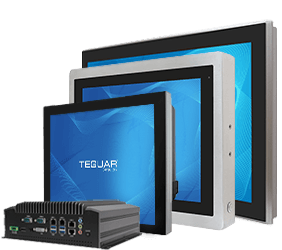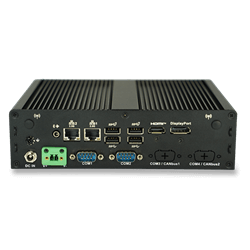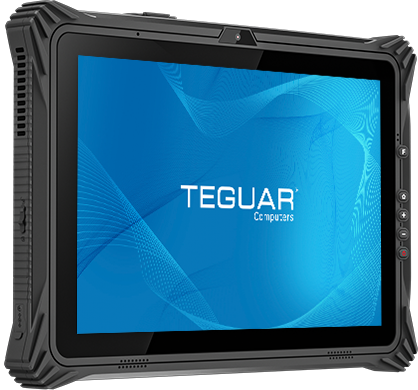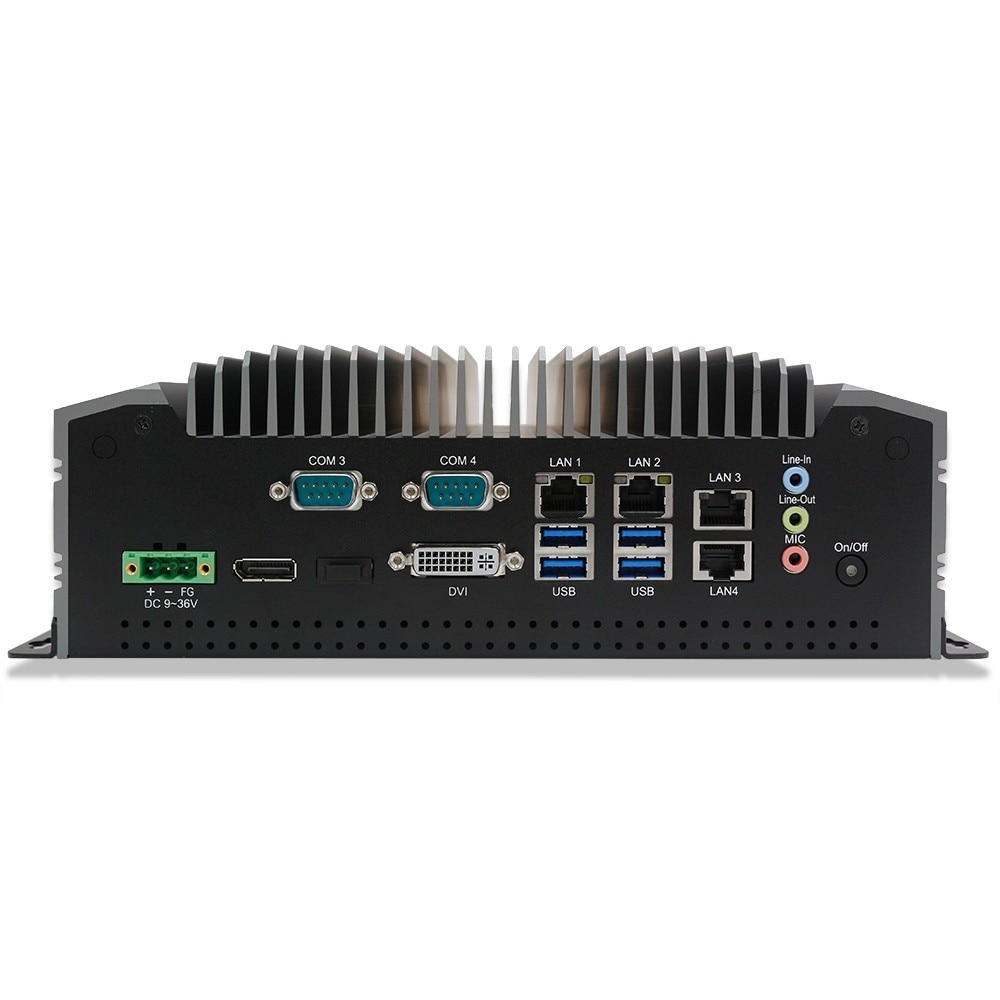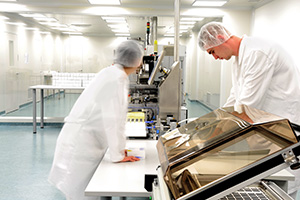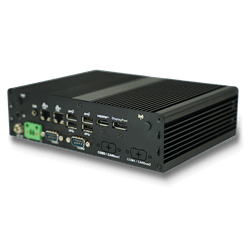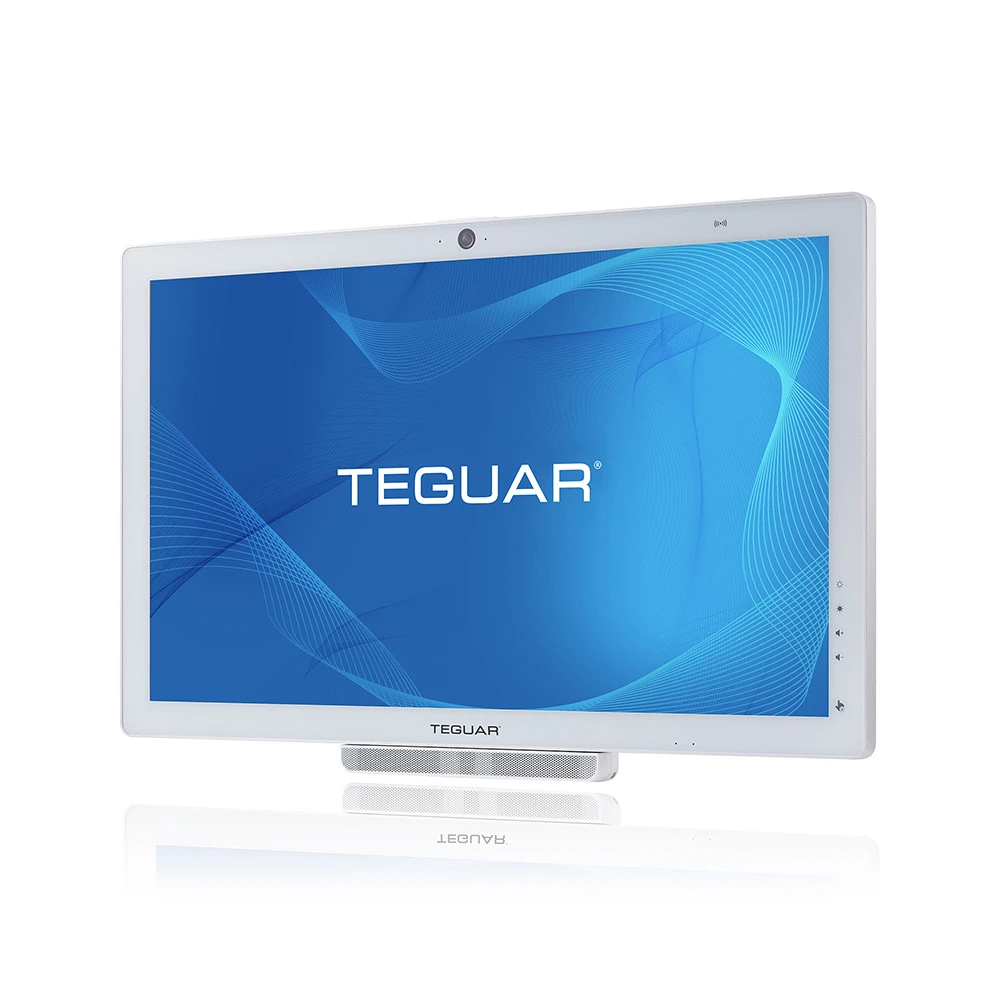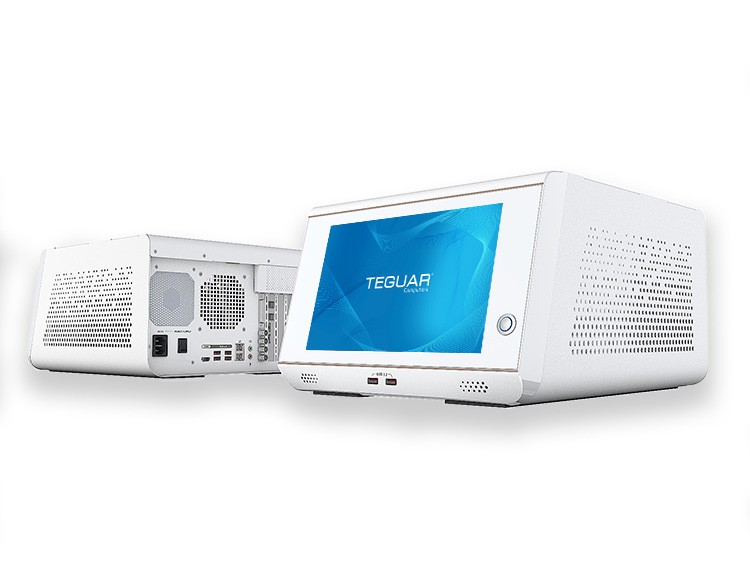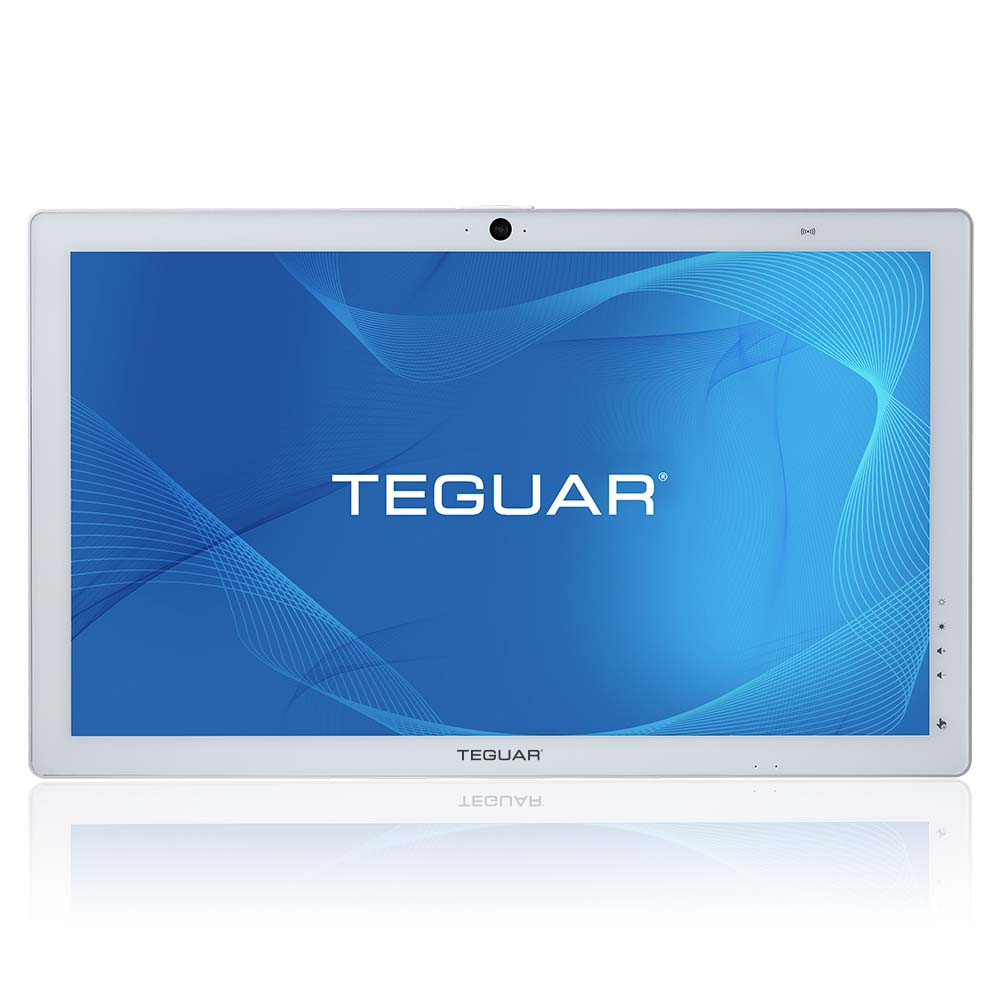What Determines if a Computer is Medical Grade?
It would be simple if we could just say that all white computers were medical computers. While the common white housing does have some ascetic and hygienic value, having a white coating does not make a computer medical.
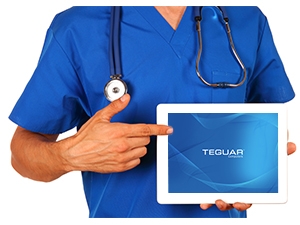 A white coat does not make a doctor any more than a white housing makes a computer medical. Medicine is concerned with the human body, so in computer hardware, we need to think about two things in relation to this. First, how will a medical computer interact with a human body in a different way than other computers. Second, how will a medical computer interact with the tools and software needed to diagnose, monitor and treat humans.
A white coat does not make a doctor any more than a white housing makes a computer medical. Medicine is concerned with the human body, so in computer hardware, we need to think about two things in relation to this. First, how will a medical computer interact with a human body in a different way than other computers. Second, how will a medical computer interact with the tools and software needed to diagnose, monitor and treat humans.
Although there is no industry hard and fast standard, the below current features and combinations thereof are generally classified as medical grade computer features. The end use and placement of the computer determines what features are needed.
- Specialized Electrical Certification. Usually this is EN/UL60601 with the most recent version. There are also other certifications such as VCCI, LVD, CE, and FCC. These are in place to ensure that no electric shock current can be received by persons near a computer.
- Anti-Bacterial Coating. Many medical PC’s have a coating with metal alloys in it that prevent microbial growth. Keeping clean surfaces is vital in a place filled with diseases and viruses. The biggest and most common in hospitals being the MRSA virus.
- A Touch Screen That Can Be Used with Gloves. Some medical pcs have a specialized sensitive projected capacitive touchscreen that detect the human touch through layers of surgical gloves.
- True Flat or Fanless Design. These features also contribute to hygiene.
- Special Diagnostic Graphic Imaging Capabilities. The most common needed is DICOM which requires a certain screen resolution, size, and graphics processing capabilities.
- Programmable Buttons for Patient and Practitioner Use. The most common of these may be a nurse call button which frequently has a dedicated (I/O) communication port. However, other things such as a privacy button for patients really enhance a patient’s hospital stay.
- Industrial Grade Components. Medical Grade Computers are made with robust internal and external hardware components that are engineered to run 24/7 365.
Useful Links:
- US Government Regulations for Healthcare IT: https://www.healthit.gov/
- International Electrotechnical Commission (IEC) Standards used for computer hardware and other electrical equipment: https://webstore.iec.ch/home
- Digital Imaging and Communications in Medicine (DICOM) Standards: http://dicom.nema.org/standard.html
- Medical Imaging and Technology Alliance: http://www.medicalimaging.org/


